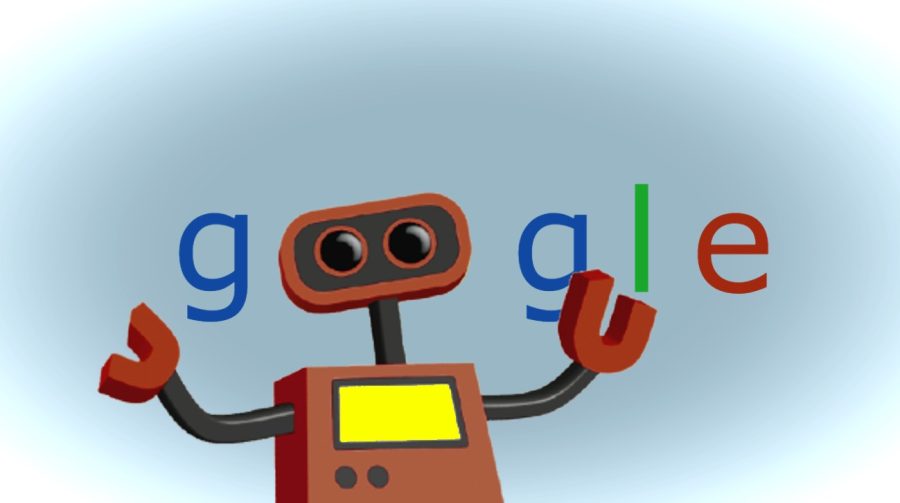ChatGPT’s first competitor: Google releases Bard AI
April 3, 2023
Google announced it will be opening access to Bard, its own generative artificial intelligence bot, rivaling the viral OpenAI’s ChatGPT.
AI has caused an uproar of conversation from sites such as ChatGPT, causing people to question the reality of the content they consume.
The bot can generate responses, answer questions, write entire essays and can even pass multiple exams such as the bar exam, according to Reuters.
Bard will function similarly to ChatGPT, and will focus on textual responses that answer questions in a conversational tone.
Google wants Bard’s responses to be nearly indistinguishable from a human response whereas ChatGPT’s responses make it clear to users that is it an AI.
Both AI bots are based on a large language model, or LLM, which gathers and learns from data across the internet to generate relevant responses. Google uses Language Model for Dialogue Applications, LaMDA, while ChatGPT uses Generative Pre-training Transformer 3 model, or GPT.
Bard was trained on Infiniset, which will search the web real-time for the most recent and relevant answers, whereas ChatGPT was trained on a massive dataset of text limited to information stopping at 2021, according to Zapier.
The creation of Bard is an attempt to combat the increasing number of AI systems that pose a threat to Google’s search engine.
Google first revealed Bard in February with a demo that responded to a question inaccurately. The same day, shares of Alphabet, Google’s parent company, fell 7.7% valued at $100 billion of its market value according to CNN.
Bard began giving access to a limited number of users in the United States and the United Kingdom on March 21 and will continue to expand access to other countries and languages, according to a Google blog post that was partially written by Bard.
Opening trials to consumers is meant to help the bot, as feedback helps the system improve.
Cherlynn Low, a reporter for Engadget, described her experience with Bard, where she asked the system to create a 30-minute workout.
“I appreciate that Bard was able to give me a somewhat sound routine,” Low said. “It seems like for either chatbot, follow-up questions are necessary,” she added, comparing it to BingAI.
Google makes it clear that Bard is not entirely accurate. The company suggests users do additional fact checking of Bard’s responses.
Google intends for Bard to be a separate but complementary experience to its search engine.
“Bard is designed so that you can easily visit Search to check its responses or explore sources across the web,” Googlestated.
With the increase in AI technology being easily accessible to the public, some say it poses great threats to the authenticity of news and education.
Michael Liedtke, a writer for 104.5 WOKV, also tested Bard by asking more complex questions that elicited more concerning responses.
“I could be used to create fake news articles or social media posts that could spread misinformation about candidates or their policies,” Bard said.
For precaution, Bard has built-in safety controls and mechanisms that follow the guidelines of Google’s established AI Principles.
“We acknowledge that this area is dynamic and evolving, and we will approach our work with humility, a commitment to internal and external engagement, and a willingness to adapt our approach as we learn over time,” Google said.









raz • Apr 4, 2023 at 11:22 am
I love it!